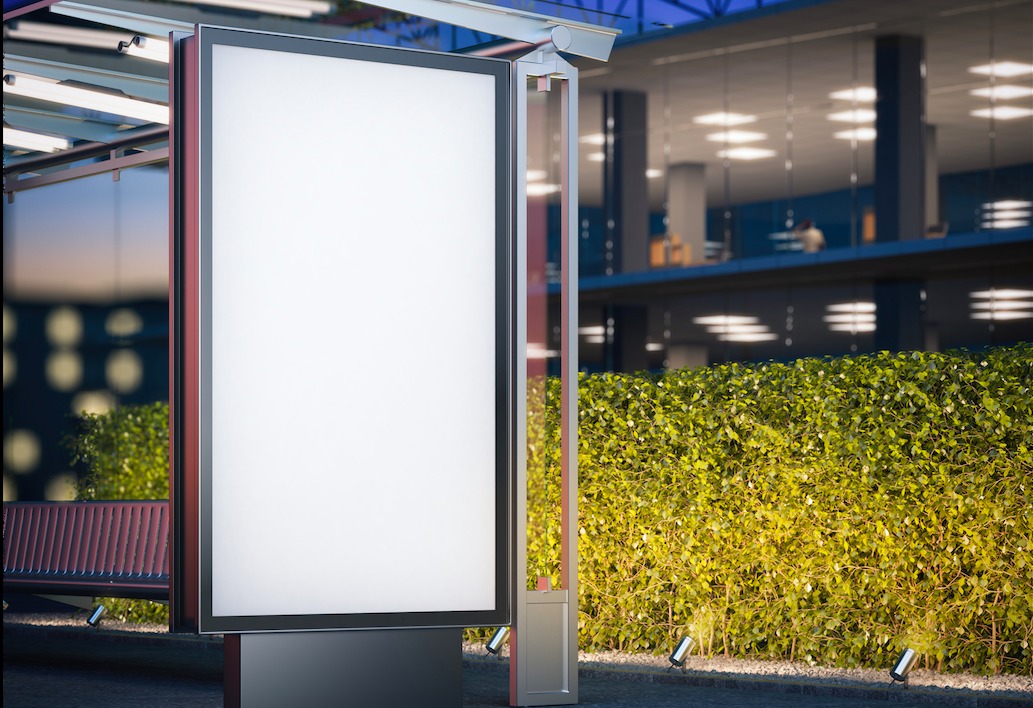
Hot technologies at CES, from self-driving cars to increasingly smart wearables, are already influencing consumers’ expectations for connectivity — and how they interact with screens, period.
But even in the midst of this change, execs argued that “traditional” out-of-home advertising isn’t going anywhere; it’s just set to become more interactive.
“Some say that because of in-car [or mobile] entertainment, digital out-of-home is going to lose relevance, as people will be looking down. I disagree,” Mauricio Sabogal, Kinetic’s global CEO, told GeoMarketing last week. “Because of this, we will now be leasing the back space of billboards to actually install antennas to leverage inventory across the Internet of Things — it’s just going to be 100 percent interactive, as the outdoor screen will be able to interact with the in-car screen.”
GeoMarketing followed up with Kinetic’s Innovation Manager Britta Klosterberg to talk more about the future of connected experiences and out-of-home in particular.
Geomarketing: What companies — and what trends in general — are you excited to check out at CES? Why?
Britta Klosterberg: I’m excited to check out a lot of the start-up companies. In the end, they are displaying the ideas and concepts that are not really developed yet — or are in the beta version. So, for me, maybe there’s something there that I can use for having a first-mover, early adopter idea to bring to our clients.
Right now, we are focusing significantly on virtual reality. Of course, virtual reality is not new, but we want to focus on anything new that is being developed — so HD, 4K video. Even more so, augmented reality is very important to us. We see the deep impact it could have on platforms like Facebook or Snapchat, so that actually when you open your camera you could [theoretically] push a button, open up AR capabilities, and then you see additional content. For example, you could focus on a billboard, and then you could see the billboard moving. Maybe you could even customize this content and post it on Facebook. [We believe] integrations with sharing and social are going to be big in this space.
I’m very curious as to how this can be connected to out-of-home, and what I need to do for this to connect it. Of course, it produces data, and we can then use this data — especially when we have a brand that has a very young target group, we can use these channels.
Location data is inherently part of building out these interactive experiences. Where do you think we are in the evolution of customers being willing to share location data — and willing to engage in these sort of experiences, period?
Of course, Germany has a different attitude to that than then United States. People are, so far, quite sensitive with data and location sharing. I think every country is different here – it’s evolving, though.
But we do see that clients and services increasingly invite people to get connected, and when you offer a benefit and/or a smart solution people are open to sharing certain data like their location or personal aspects.
How does that affect what you do and the personalization you can deliver?
Especially for the younger target groups, we see huge potential when it comes to location-based data — essentially, taking location and sharing on social media channels, and also in being connected to various smart devices. There are a lot of communication concepts we can think of to make an OOH campaign even more connected and part of a relevant customer journey.
We can actually use this data in connection with out-of-home [displays], communicating it through OOH and saying, “Hey, you can connect with us.” Then, perhaps, you could get a coupon on your Apple Watch or smart watch.
We’re getting there. Now you have more devices like VR- or video devices, you have the Snapchat Spectacles. And with that, we have people playfully getting in touch with brands.
So technology like Snapchat spectacles are making consumers more comfortable with these sorts of ideas, in your mind?
Exactly. Because this is a fun and easy to adopt thing. What Snap did was integrate such technology — like geofilters — in an easy to use, fun way. This is what drives the younger target group, and I think, then, it is easier to access the data.
A [great example] is what Spotify did in its last campaign: It used the playlist data, and then actually talked to people [in its advertisements] by saying, “Hey, you with the weird playlist. We love you.” So you can integrate the data into your communication strategy.
Knowing your user, the devices they use, and what data they like to share is key. That we can connect to (D)OOH and make it more relevant and part of the whole communication concept.
Read the original post at Geomarketing.com
